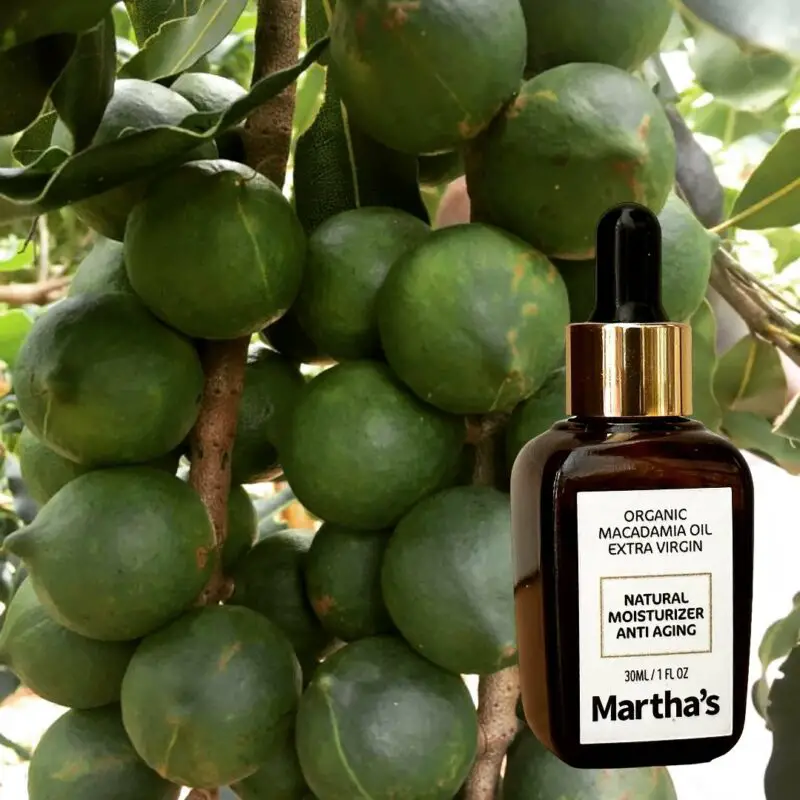What are farm to face beauty products? And are they really better for your skin? We investigated
By Lora O’Brien
When you think about it, it’s kind of weird that we don’t always eat food that’s not grown locally. I mean, it used to be the norm. For millions of years, in fact!
But today, much of our food is imported, or grown far from our kitchens. We can eat peaches in winter, and squashes in summer. Exotic tropical fruits, like bananas and pineapples, are now commonplace in our homes, throughout the year.
The ‘farm to table’ food trend has brought us back to the past, allowing us to consume fresh fruit, vegetables and other comestibles in season, right from the farm.
What this means is that such food is tastier and more nutritious as it hasn’t been harvested before ripeness or travelled far. Plus, there isn’t a need for waxes and preservatives and all that other junk we’d rather not consume! And of course, a whole lot of CO2 is saved.
So, why not extend this trend past our dinner plates, into our skincare, too?
What is Farm to Face Skincare?

Just as farm to table food allows for more transparency and proximity with regards to the food you’re eating, farm to face beauty focuses on farm-fresh ingredients straight from the source.
These ingredients are often grown on the beauty brand’s own farm, and added to skincare formulas in labs just beside productive fields.
That being said, there’s no universal identification for farm-to-face skin care. Indeed, the FDA has never even established a regulatory definition for “natural” or “organic” when describing cosmetics!
Still, we can generally call a brand “farm-to-face” when there’s a clear protocol for sourcing local ingredients.
You’d think ‘farm to face beauty’ (or F2F beauty) would just refer to plants, but no. Anything from tallow and goat’s milk to olive oil and herbs can be the source of farm to face beauty ingredients. So, don’t assume they’re always vegan friendly.
Nor is there any assurance that pesticides or other harmful chemicals are not being used. That is, unless the brand specifies that it’s organic.
Nonetheless, farm to face beauty products are usually crafted in smaller batches. This means not only less waste and less energy used in transport, but also ensures a cleaner extraction process, helping to retain potent vitamins and minerals for skincare that is super effective.
A Great Example
There are quite a few skincare brands that create farm to face beauty products. For example:
But one excellent case study comes from Daillies Organic Farm.
They specialise in one thing: organic Macadamia nuts. And they’ve created a skincare range, Martha’s, using the potent properties of these nuts.
They’re grown with love in a family-owned orchard. These nut trees are naturally resistant to pests and diseases, so there is no need for additional chemical pesticides. The nuts harvested for their skincare are those which have fallen to the ground naturally. This ensures they’re fully developed and rich in fatty acid oils which has lots of benefits for the skin.
The nuts, after being sun-dried all year round, are carefully and slowly cold-pressed by hand. This step helps to retain all of those key ingredients that make the product effective before being packaged into beautiful glass bottles.
A Wonder Oil
Buyer Beware

In conclusion, F2F beauty isn’t necessarily organic or vegan. You’ll have to check the labels carefully to ensure you’re getting what you’re looking for. However, the journey that their ingredients make from their point of origin to their final stop will be as short as possible. This means your products are always fresher, and more eco friendly. Win!
- 22 Sizzling Hot Vegan BBQ Ideas And Recipes - July 1, 2025
- Boss It On A Budget! 30 Cheap Vegan Recipes - June 23, 2025
- 20 Sweet & Savoury Vegan Sourdough Recipes - June 16, 2025
